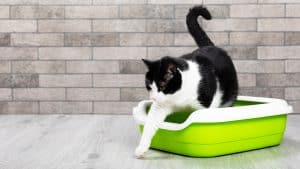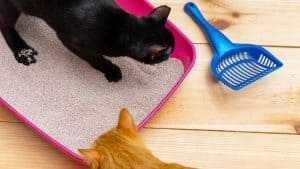Are you a cat parent noticing your feline friend limping after a trip to the litter box?
You're not alone, and it's natural to feel a touch of worry. After all, our cats can't tell us in words when something's amiss.
But don't worry! You've come to the right place.
This article aims to explore why this might happen, what it could indicate about your cat's health, and the steps you can take to help.
Whether it's a minor strain or a symptom of a more serious condition, we're here to guide you through the situation.
Understanding Cat Limping
Limping, also known as lameness, in cats is an abnormality in their gait that typically signals pain or discomfort.
It is characterized by the cat favoring one leg over the others, refusing to put weight on a particular leg, or moving in a manner that suggests difficulty or discomfort.
Common Causes of Cat Limping
There are a multitude of reasons why a cat might limp, and understanding these can be key to identifying the problem and seeking appropriate treatment.
Injuries
A cat might start limping due to physical injuries such as fractures, dislocations, or wounds. These can occur from accidents, falls, or fights with other animals.
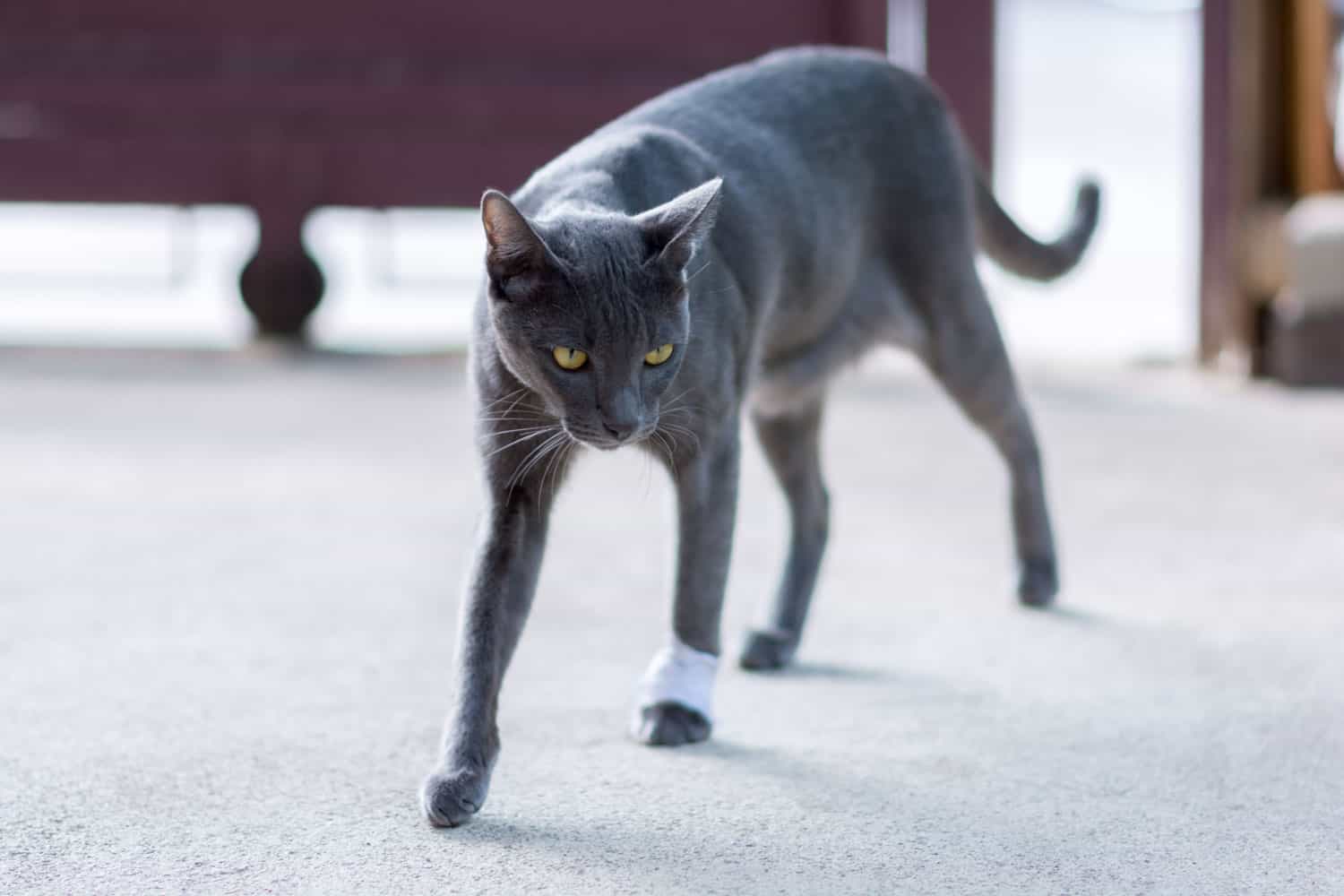
Arthritis
Older cats, in particular, are prone to arthritis, a condition that causes inflammation and pain in the joints.
Arthritis can cause your cat to limp, particularly after periods of rest.
Infections or Diseases
Certain infections or diseases can also lead to limping.
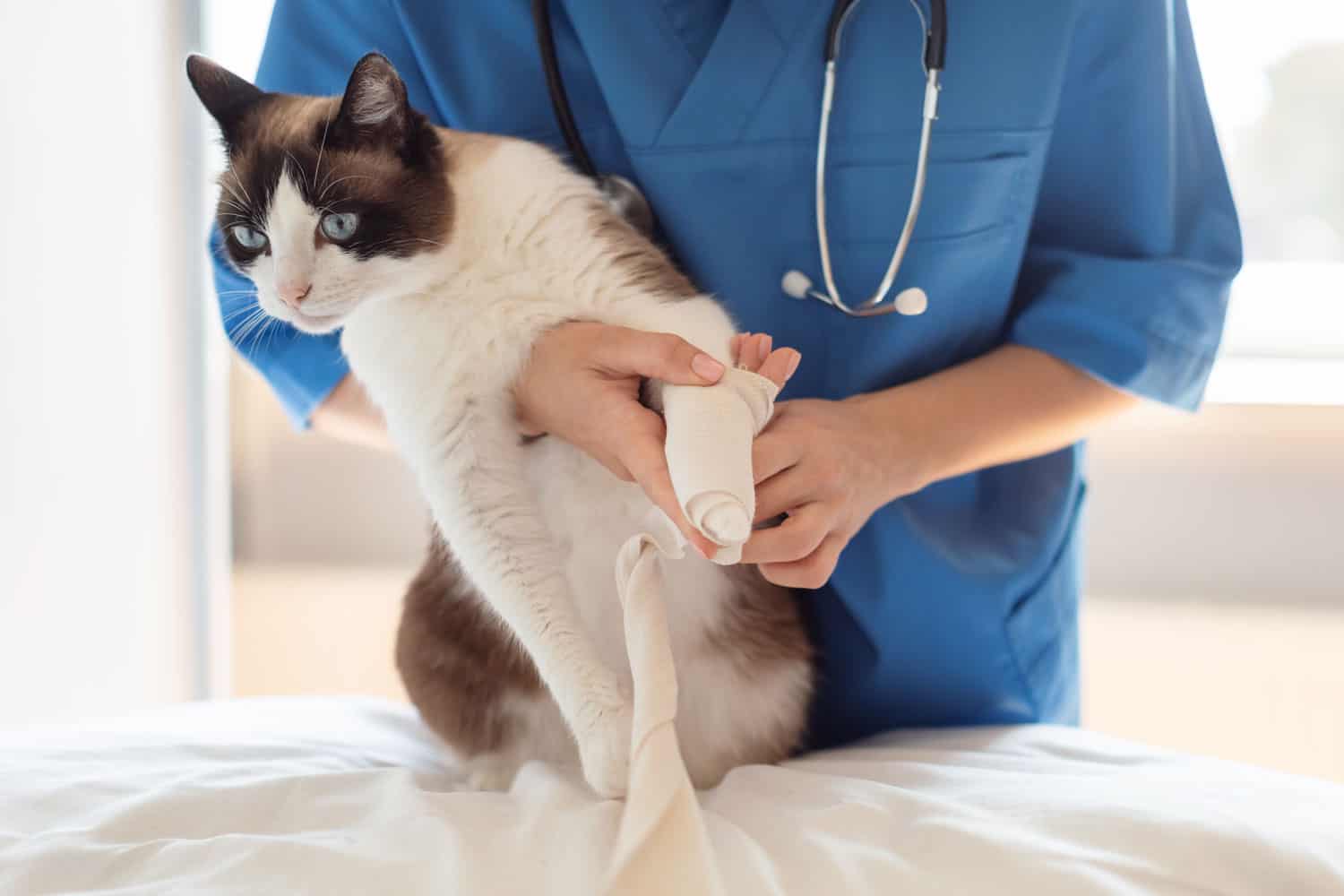
These can range from localized infections, such as abscesses caused by a bite wound, to systemic diseases, such as Lyme disease.
Neurological Conditions
Neurological issues, such as nerve damage or certain types of stroke, can also cause limping or changes in gait in cats.
Each of these causes of limping presents differently and may be accompanied by other symptoms.
The Link Between Litter Box Use and Limping
Understanding the connection between litter box use and limping requires observing the cat's behavior closely and considering all possible causes.
It is important to note that cats can develop limping for a variety of reasons, and those reasons may not necessarily be directly related to the litter box, such as mentioned above.
However, in some cases, the action of using the litter box may exacerbate an existing condition or discomfort, making the limping more noticeable.
Straining During Elimination
When a cat strains during elimination, it's typically due to some form of discomfort in the gastrointestinal or urinary tract.
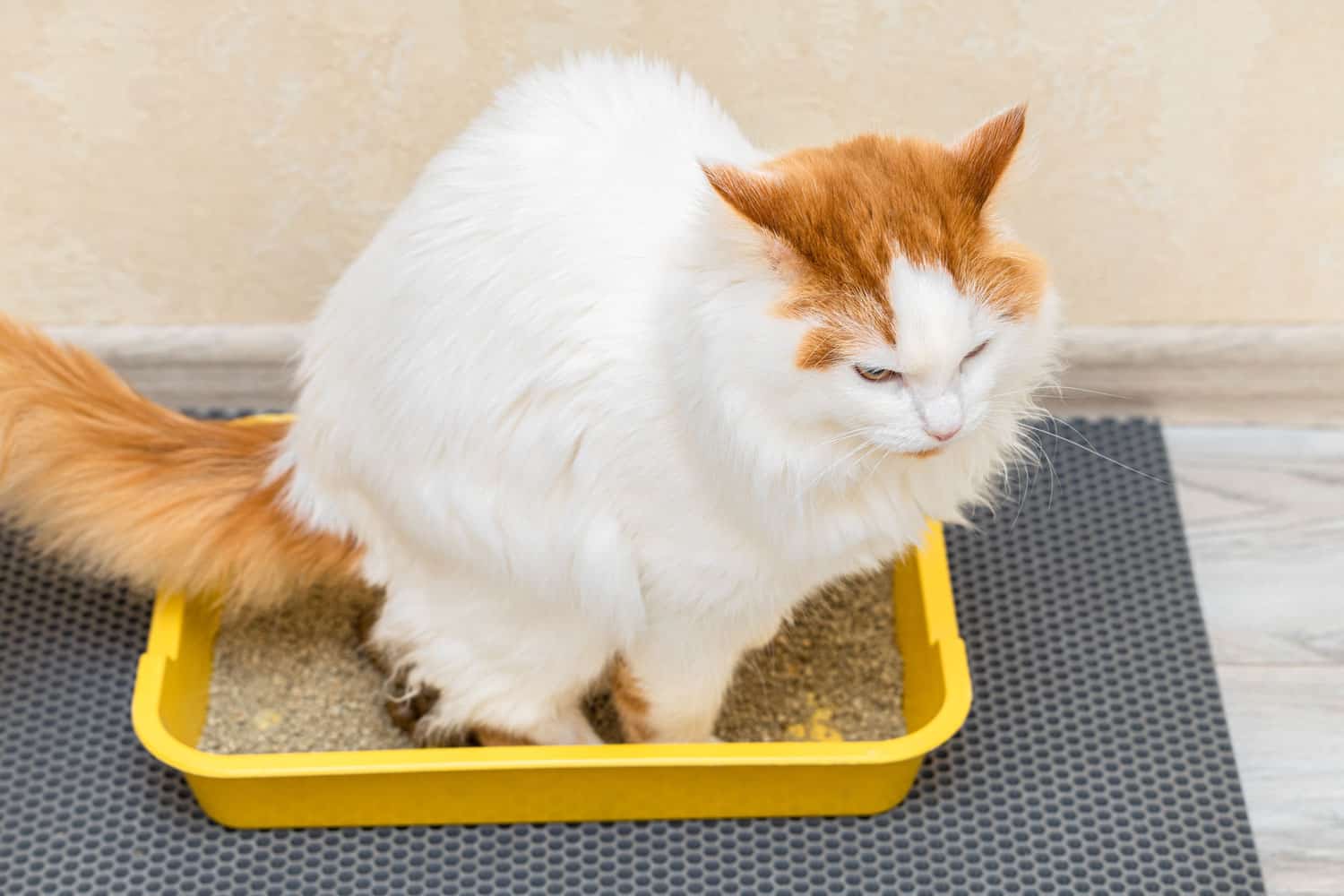
The act of straining puts extra pressure on the muscles and tendons in the rear legs and lower back, which could lead to muscle strain or other injuries.
Over time, this strain might cause a cat to limp, especially immediately after using the litter box.
It's crucial to observe whether your cat seems to be in discomfort while eliminating, as this could be a sign of an underlying issue that needs to be addressed.
Litter Box-Related Injuries
Cats can also sustain injuries related to the physical act of using the litter box.
For instance, if the litter box is too high, a cat might hurt itself by jumping in or out.
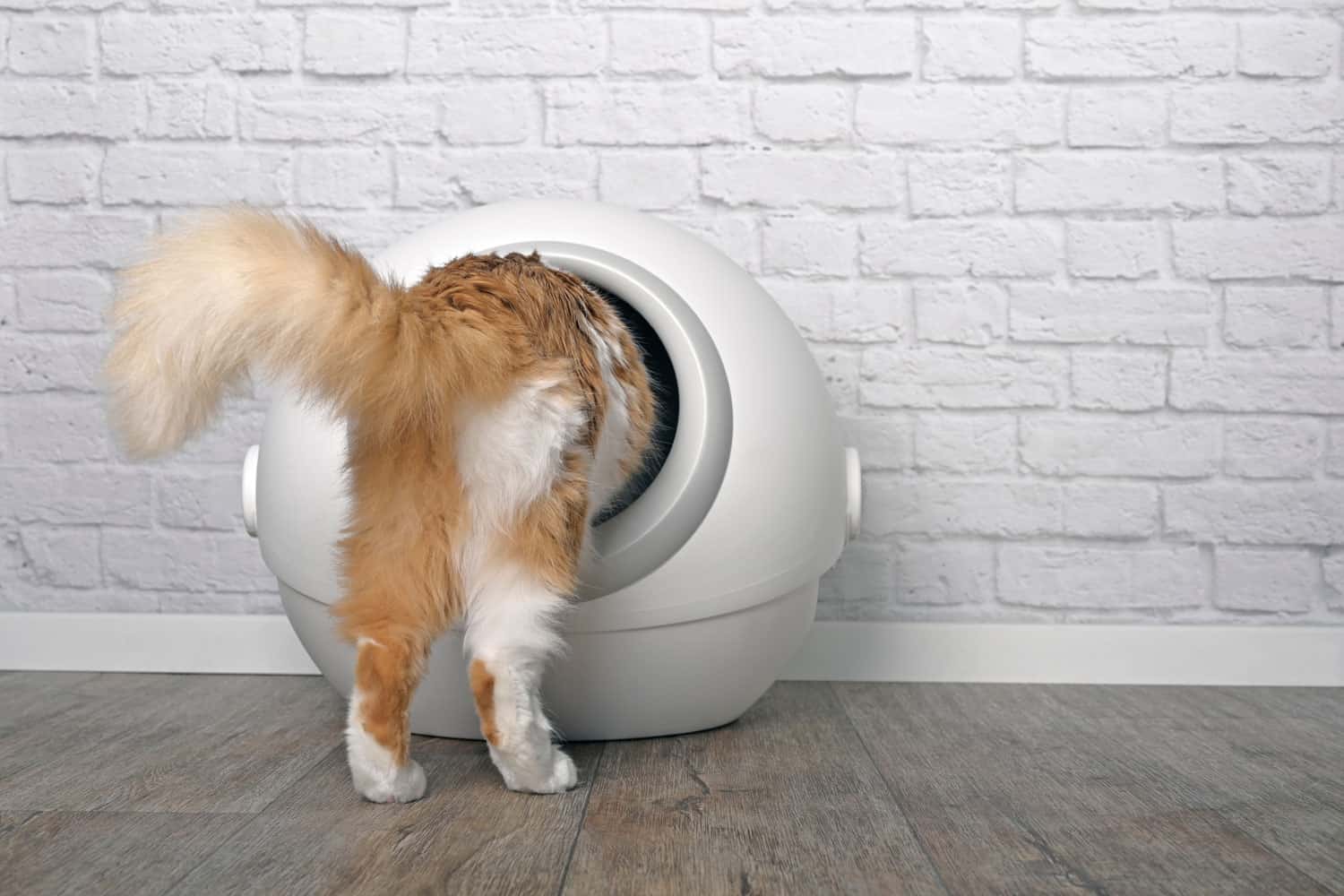
Similarly, if the litter box is too small, the cat might have difficulty positioning itself comfortably, potentially leading to awkward postures or movements that could cause injury.
Additionally, if the litter itself is not stable (for example, if it's too lightweight or slippery), the cat could slip and hurt itself.
To prevent these kinds of injuries, it's important to choose a litter box and type of litter that is appropriate for your cat's size, age, and physical condition.
Illnesses or Infections
Certain illnesses or infections, such as urinary tract infections (UTIs) or constipation, could potentially cause a cat to limp after using the litter box.
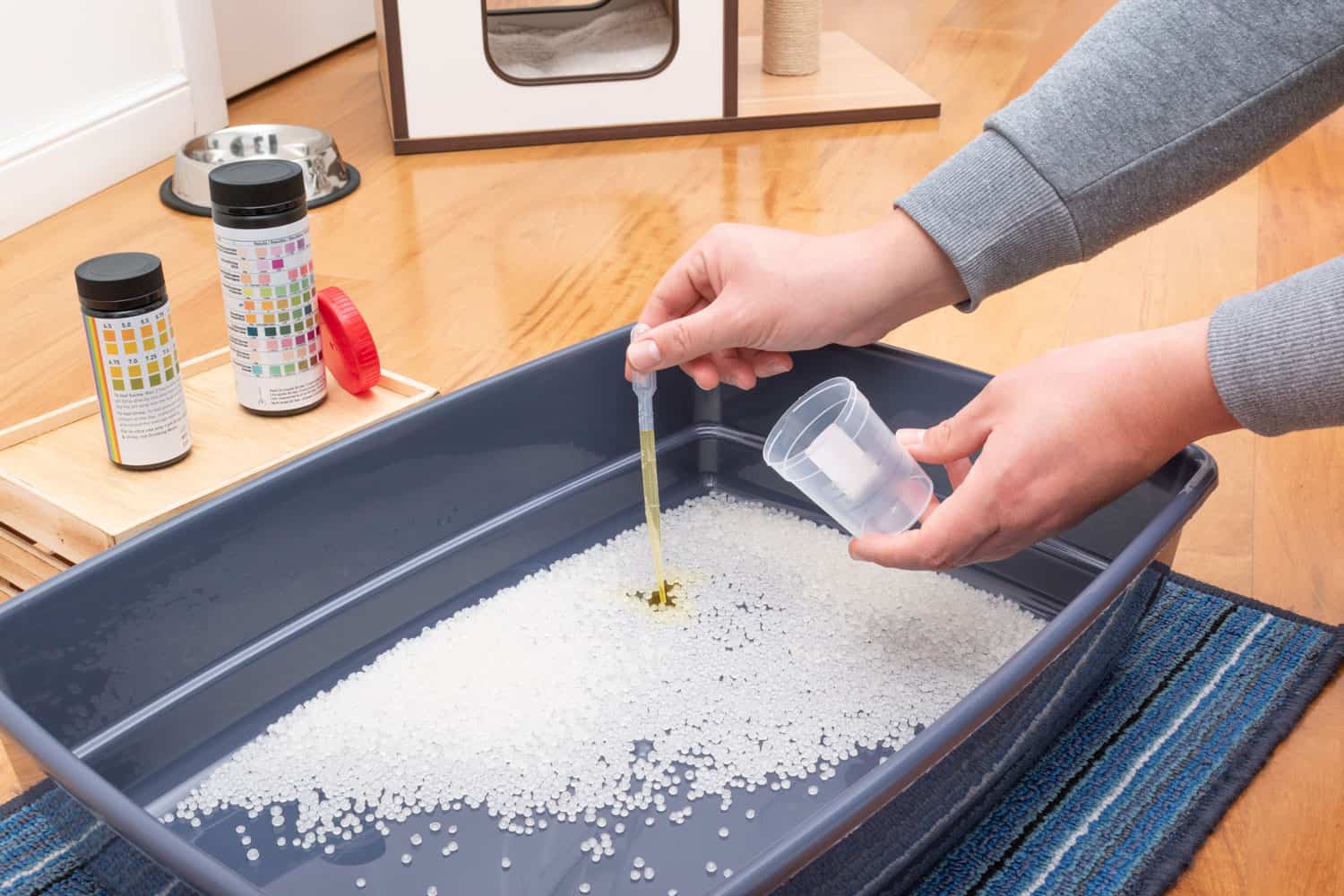
UTIs can cause pain or discomfort during urination, while constipation can result in painful defecation.
Both of these issues might cause a cat to alter its posture or gait to try to alleviate the discomfort, which could lead to limping.
Furthermore, some systemic diseases, such as arthritis or neuropathy, could be exacerbated by the act of using the litter box, leading to limping.
Symptoms to Look For
When it comes to cat health, being proactive is key.
Limping after using the litter box is a clear sign that something might be wrong, but there are also other symptoms to keep an eye out for.
Changes in Appetite or Weight
Cats are creatures of habit, and sudden changes in their eating habits or unexplained weight loss can be a sign of health problems.
If your cat is eating less, showing no interest in food, or losing weight rapidly, these could be indicators of underlying issues such as digestive problems or more serious conditions like diabetes or kidney disease.
Altered Bathroom Habits
Keep an eye on your cat's litter box habits.
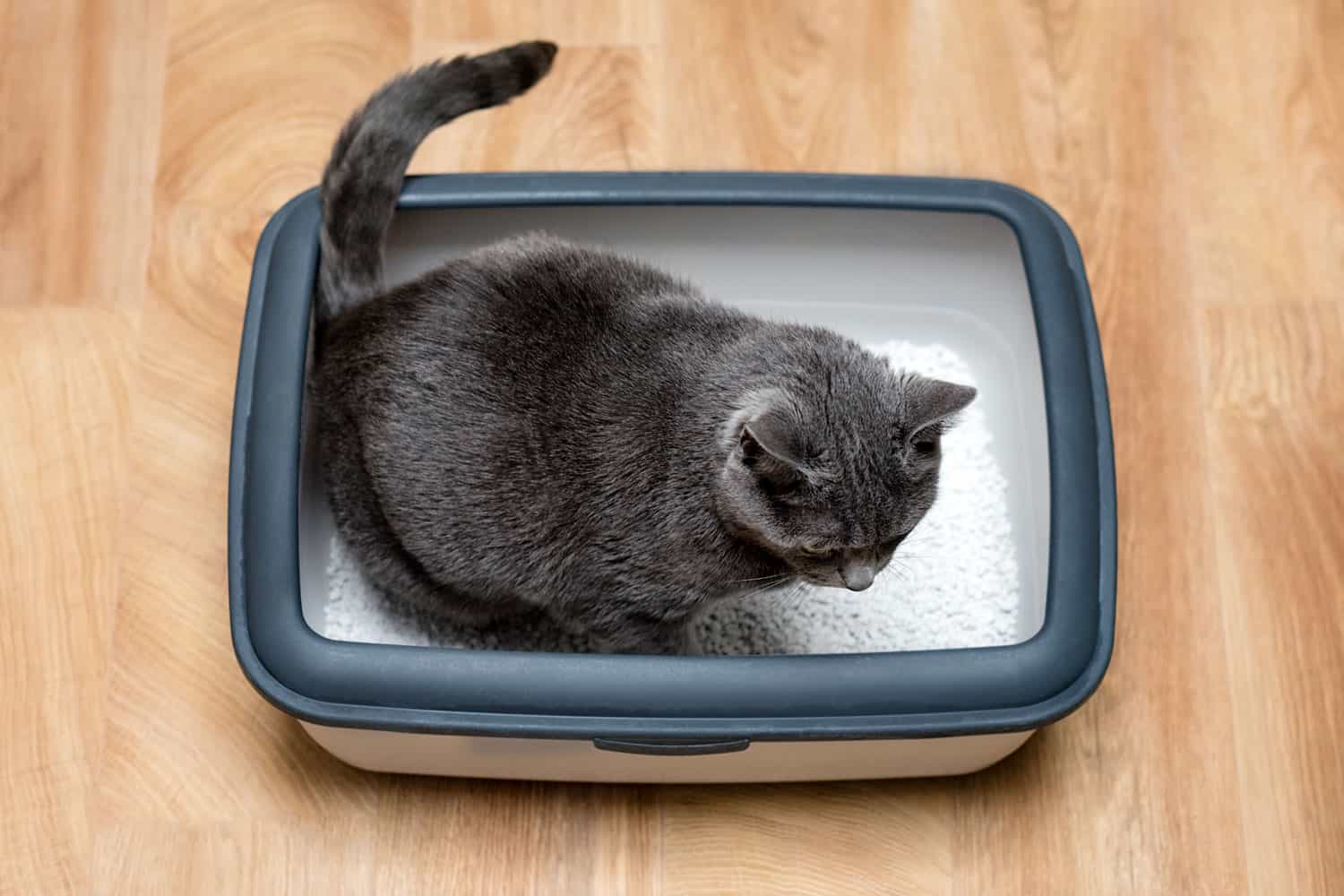
Increased frequency of urination, straining to urinate, or defecating outside the litter box can be signs of urinary tract infections or constipation, both of which can cause discomfort and potentially lead to limping.
Behavioral Changes
Cats are very good at hiding their pain, so subtle behavioral changes may be the only clue.
These can include decreased activity, reluctance to jump or climb, overgrooming or licking a particular area, or becoming more aggressive or withdrawn.
Physical Signs
Lastly, look for any visible signs of injury, such as swelling, cuts, or abnormalities in how your cat moves.
What To Do If Your Cat is Limping After Using the Litter Box
If you notice your cat limping after using the litter box, it's important to take prompt action.
While the limping could be due to a simple muscle strain or a minor injury, it could also indicate a more serious health issue.
In this section, we'll walk through a series of steps you can take to help your feline friend.
1. Assess the Situation
The first step when you notice your cat limping is to calmly assess the situation.
Observe how severe the limp is, whether your cat is showing signs of pain, and whether any other symptoms are present.
For instance, is your cat avoiding the litter box or showing changes in their eating habits?
This information will be helpful when deciding the next steps and when discussing the situation with your vet.
2. Provide At-Home Care
One of the simplest yet effective measures you can take is to ensure your cat has plenty of opportunities to rest.
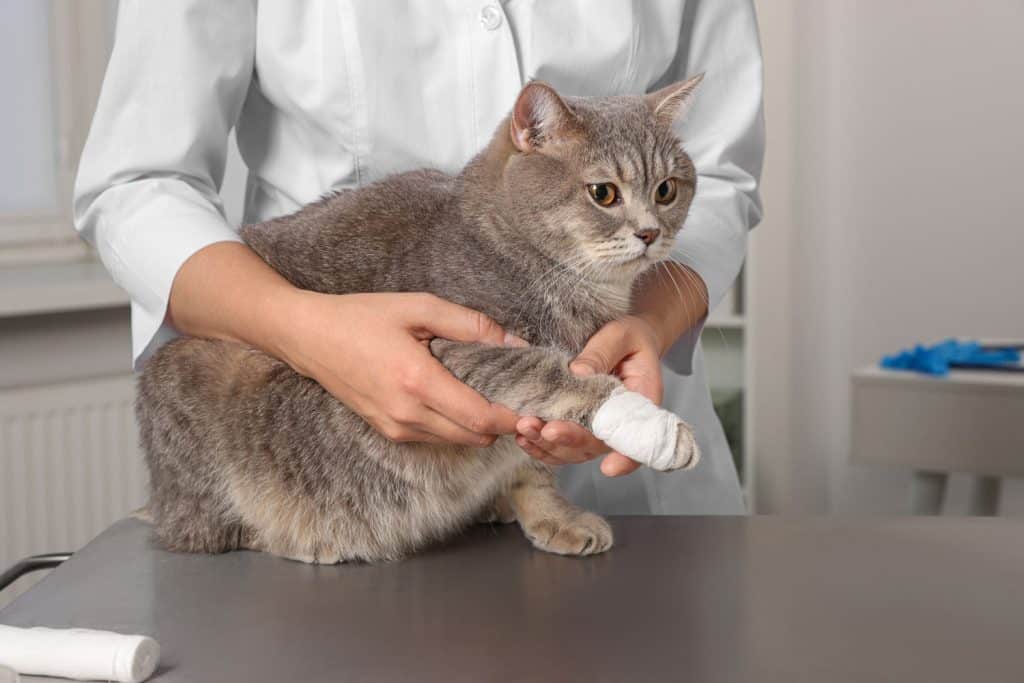
Cats are experts at self-healing when provided with a calm, comfortable environment.
Make sure your cat has a warm, quiet place to rest away from any hustle and bustle.
Also, a gentle massage can sometimes help too, but depending on the comfort level of your cat.
Use your hands to softly stroke the area, but avoid applying too much pressure, particularly if the area seems sensitive.
If your cat reacts negatively, stop immediately.
3. Recognize When It's Time to See a Vet
If your cat's limping doesn't improve within 24 hours, or if it worsens at any point, it's time to make an appointment with the vet.
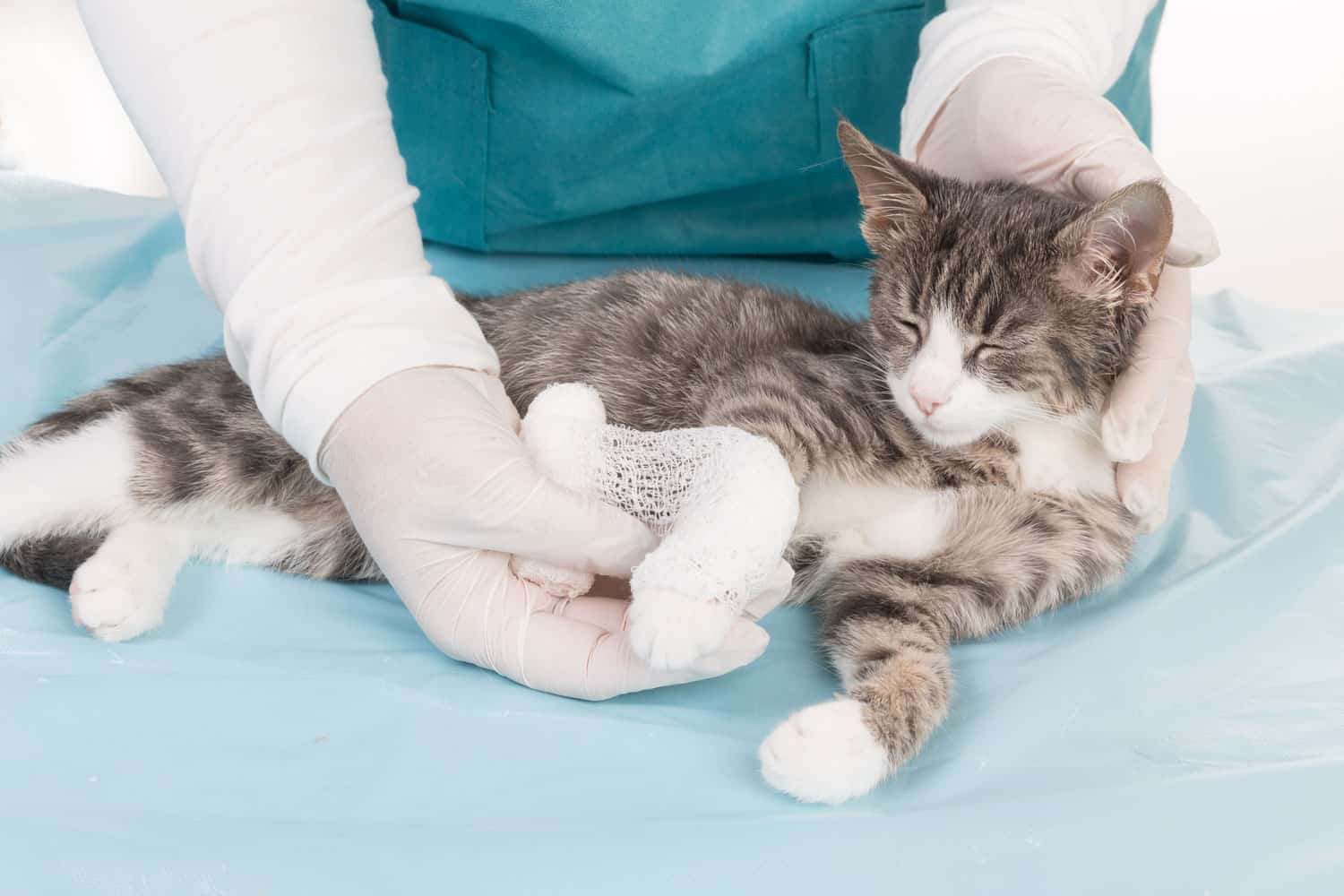
Persistent limping could be a sign of a more serious injury or health issue that requires professional attention.
Also, if your cat shows other concerning symptoms, such as loss of appetite, changes in behavior, difficulty using the litter box, or visible signs of pain (like hissing or growling), these are clear indicators that a vet visit is necessary.
4. Understand Potential Treatments
When you visit the vet, they will diagnose the issue and recommend appropriate treatment options.
If your cat has a minor injury or infection, your vet might prescribe medications.
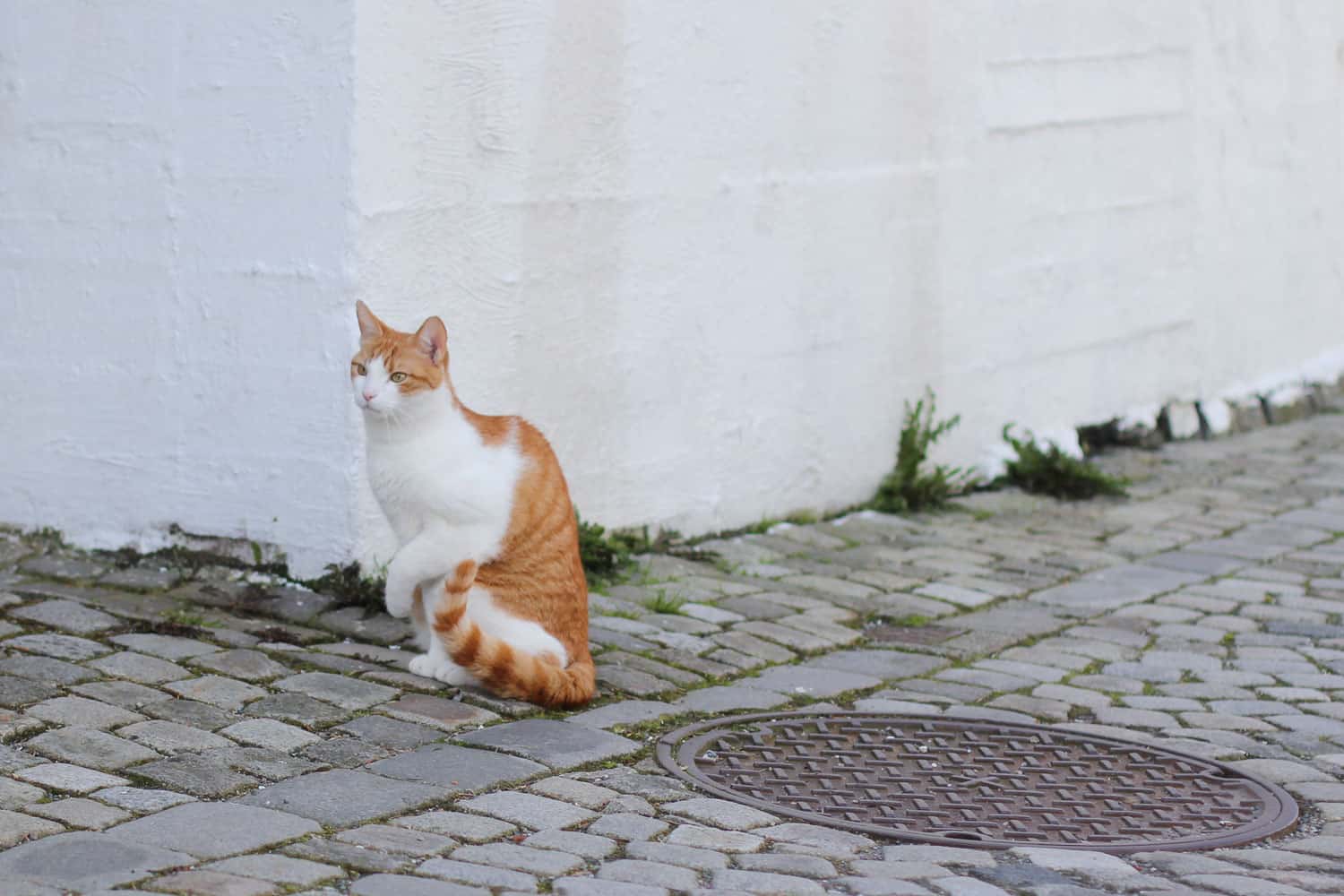
These could include antibiotics to treat an infection or pain relief medications to help your cat feel more comfortable.
In more severe cases, such as a fracture or a serious internal issue, surgery might be needed.
Your vet will explain the procedure, risks, and recovery process in detail.
5. Ongoing Care and Monitoring
After your cat has been treated, it's important to continue monitoring their behavior and symptoms.
Ensure your cat is healing well and not experiencing any side effects from the treatment.
Always follow your vet's instructions for at-home care during the recovery period, and don't hesitate to call your vet if you have any concerns.
The Importance of Addressing Cat Limping
Limping is more than just an inconvenience; it's a sign that something is wrong.
Unaddressed, the cause of the limping can worsen and potentially lead to long-term health issues.
That's why understanding cat limping is crucial for any cat owner—it's not just about alleviating the immediate symptom but about ensuring the overall health and well-being of your feline friend.
Remember, when in doubt, always consult with a vet. Your feline friend is counting on you to help them stay healthy and happy.
For additional articles related to litter boxes, please see the articles below.

